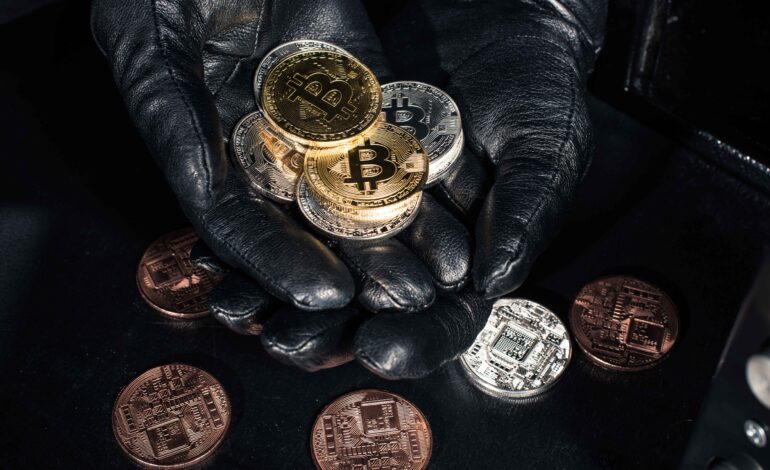
This was where, through some Godrej secured plot twist, one of those flying thieves did a U-turn with a fat amount of $71 million in WBTC to return the money, presumably considered one of the rare glimpses of restitution in the world of cryptography. That underlined the complexity in crypto theft and possible redemption within a decentralized ecosystem.
The first revelation of the theft sent the cryptocurrency community into shock because it was a sophisticated exploit of a decentralized finance protocol. Wrapped Bitcoin is an ERC-20 token pegged in value to Bitcoin, thus providing a user with the ability to trade Bitcoin on the Ethereum blockchain. The stolen funds significantly cut into the supply of WBTC-a great red flag among users and other stakeholders in DeFi.
He had returned the stolen money in a way that was as unexpected as it was stolen, citing “remorse” and the desire to make amends. The return of the $71 million WBTC has thus met reactions within the cryptocurrency ecosystem, ranging from shock to relief, its users steeling themselves for the implications that come with such a rare act of restitution.
But this, too, would appear to be a rather basic question: what does this stealing of cryptocurrency and its possible redemption mean within the decentralized ecosystem? Whatever his motivation for returning the ill-gotten proceeds was, the act speaks much in these special dynamics within this universe of cryptocurrency transactions-immutably but pseudonymously-there at the mercy of real people’s consciences.
It was in that light that the restitution of this hack represented the levels of transparency and responsibility possible within the cryptocurrency network. This is new, because, through blockchains, there is a new level of transparency where users can themselves trace transactions and verify ownership; but the technology also addresses its users as responsible agents in rallying them towards higher standards of ethics within the community.
In the aftermath of the theft and subsequent restitution, stakeholders in the cryptocurrency space are left to grapple with the broader implications of these events. While the return of the stolen funds represents a positive outcome for those affected, it also serves as a sobering reminder of the risks and vulnerabilities inherent in decentralized finance and cryptocurrency protocols.
Moving forward, it is essential for users and developers alike to remain vigilant and proactive in safeguarding against potential exploits and vulnerabilities. This includes implementing robust security measures, conducting regular audits of smart contracts and protocols, and fostering a culture of transparency and accountability within the cryptocurrency community.
In this regard, the theft and subsequent restitution of these funds have kept the blockchain community considering the wide ramifications that this sets. While recovery of the stolen funds is going to be a plus for those who suffered, that is also a sure indication of the risk and vulnerability in DeFi and cryptocurrency protocols.





